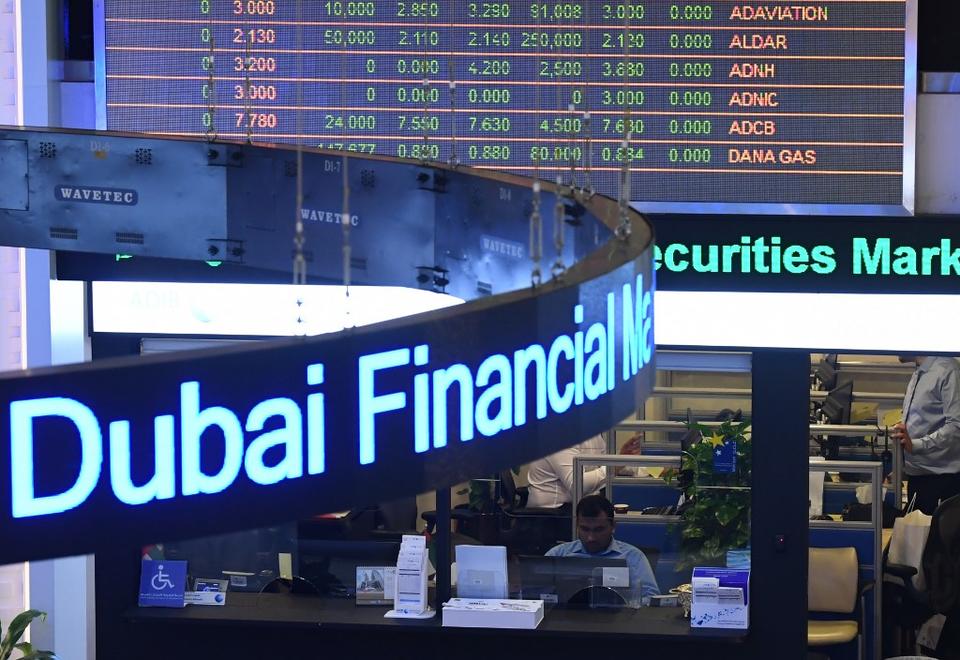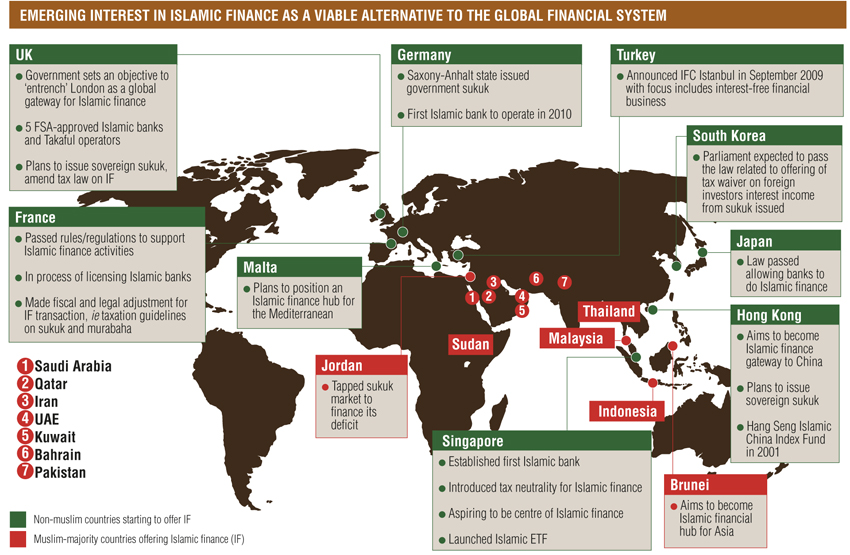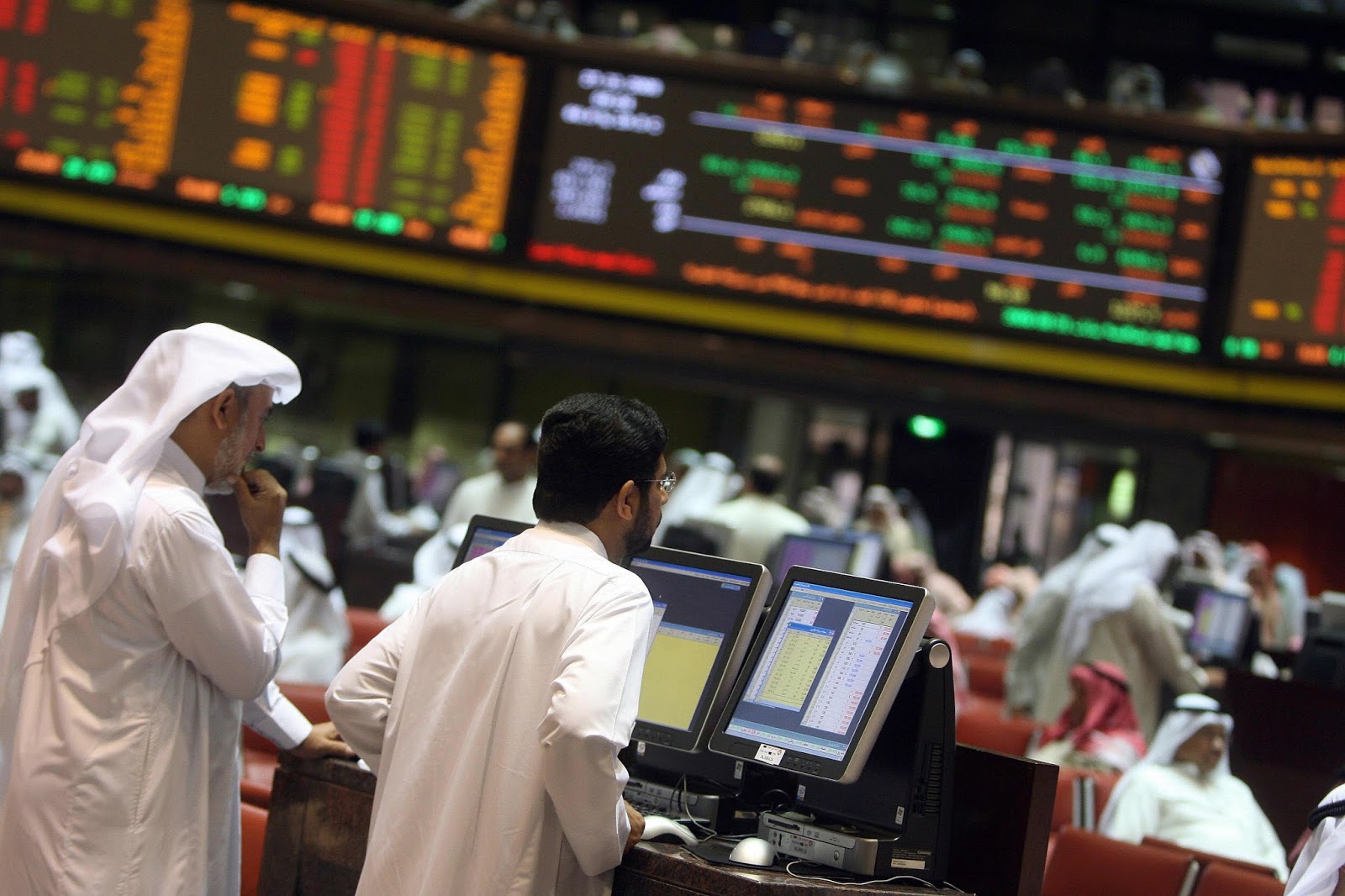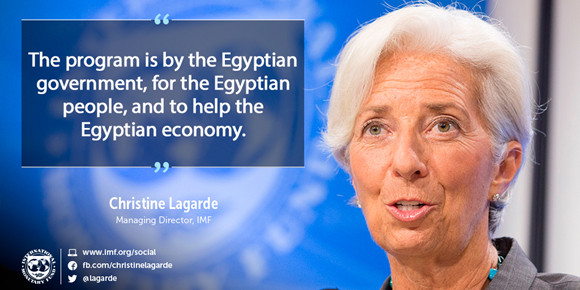Solid Fundamentals With Lingering Political Risk
Israeli Prime Minister Benjamin Netanyahu is under investigation for corruption even as his government was recently censured over the controversial West Bank settlements. And while the economy remains robust, rising political risk (both domestic and regional) may continue to keep investors cautious.
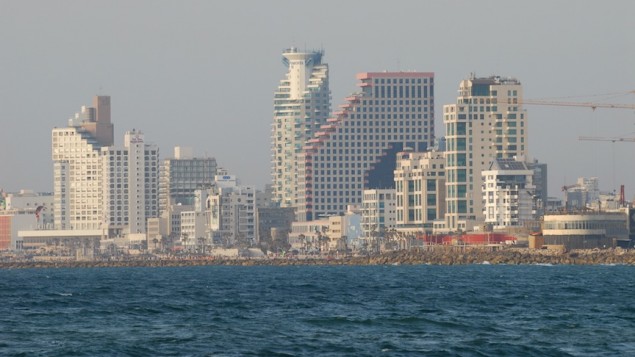
Amid increasing diplomatic disagreements, Israel’s economy remains robust. GDP growth is forecast at 3.2 percent in both 2017 and 2018. GDP rose 5.1 percent y/y in the third quarter, pointing to upside risks to the growth forecasts. Adding to this, the Bank of Israel just raised its 2016 growth forecast from 2.8 percent to 3.5 percent.
Price pressures, however, remain weak. Israel’s CPI has fallen -0.3 percent y/y in both October and November of 2016. Despite this, these figures are the “highest” (least negative) rate since February. Higher energy costs and low base effects should see inflation move higher this year. The central bank’s monthly survey shows inflation is expected at 0.6% in 12 months from now.
Policy Holding Steady
The central bank of Israel has been on hold since its last 15bp cut to 0.10% back in February 2015. “With the economy fairly robust, we see no need to ease further via unconventional measures,” Win Thin, head of emerging market currency with Brown Brothers Harriman wrote in a note to clients on January 3. “Indeed, we see risks that the bank will have to tilt more hawkish this year if inflation rises more than anticipated.”
Fiscal policy also bears watching, Thin says. The current Likud government has promised increased spending in a variety of areas in order to maintain support from its various coalition partners. Israel’s budget deficit is now estimated at -2.5 percent of GDP in 2016. “It is expected to widen slightly to almost -3 percent this year, but we see some upside risks,” said Thin. A strong shekel (official currency) has weighed on exports even as the strong economy has boosted import demand. However, the current account surplus is estimated at 4.2 percent of GDP in 2016 and is expected at 4.3 percent in 2017. Foreign reserves have fallen only modestly, but at $97.1 billion as of November 2016, this covers nearly 12 months of import and is more than triple short-term external debt.
Currency Has Outperformed
The shekel (ILS) has generally outperformed against its emerging and frontier market peers. In 2015, ILS remained f flat against the US dollar. Data show this was the best within emerging markets in comparison to some of the worst-performing emerging market currencies– the Brazilian real and South African rand, for example. “Our EM FX model shows the shekel to have VERY STRONG fundamentals, so last year’s “so so” performance is likely to improve in 2017,” explains Thin.
A weaker shekel will remain the main lever of stimulus for Israel’s policymakers. The central bank will continue to intervene as needed to prevent excessive currency strength this year. The bank also plans to buy $1.5 billion in 2017 just to offset the FX impact of increased natural gas production and export.
In 2015, MSCI shows Israel was up 9.4% while MSCI EM fell-16.6 percent. In 2016, MSCI Israel was -27 percent and compares to +7 percent for MSCI EM. This underperformance should ebb in 2017, “as our EM Equity model has Israel at a ‘very overweight’ position,” said Thin.
Israeli bonds performed well in 2016. The yield on 10-year local currency government bonds stood at about -19bp in 2016. This was behind the best performers Brazil (-503 bps) and Colombia (-155 bp) but ahead of the worst performers Mexico (+119 bp) and the Philippines (+104 bp). “With inflation likely to rise and the central bank’s next likely move to be a hike, we think Israeli bonds will start underperforming more.”
Photo Credit: Gili Yaari/FLASH90

